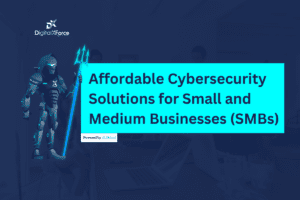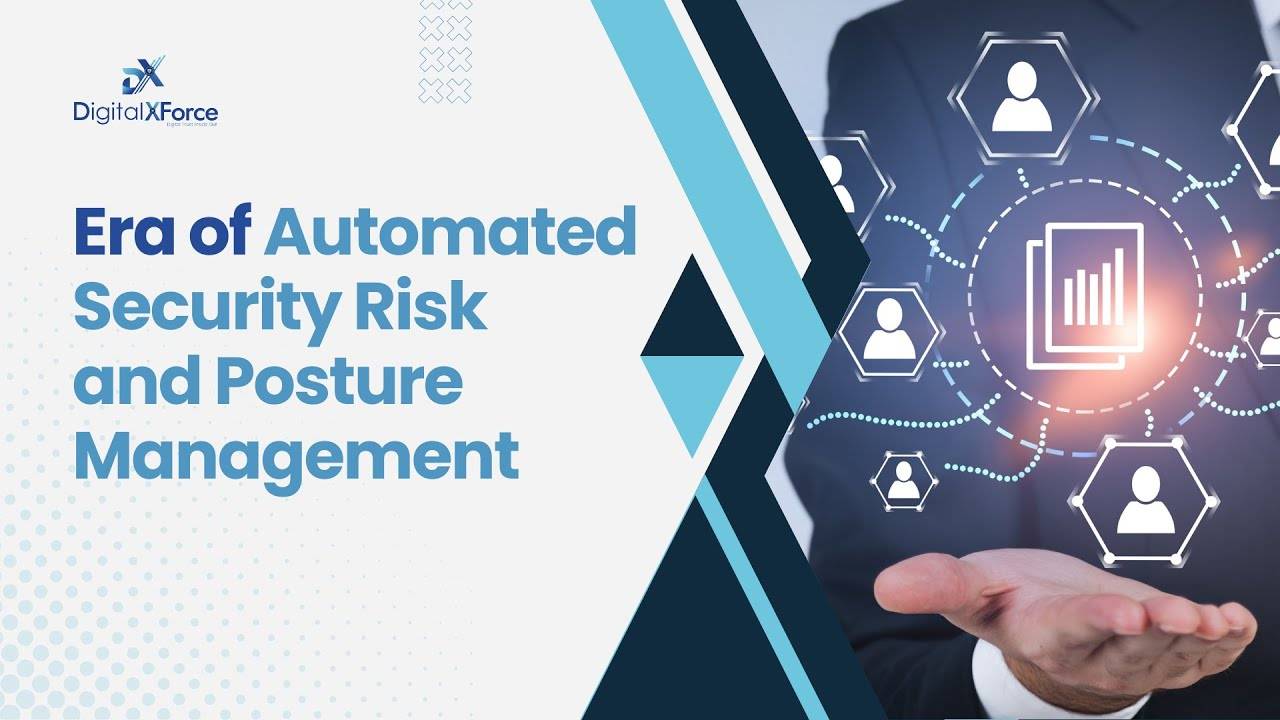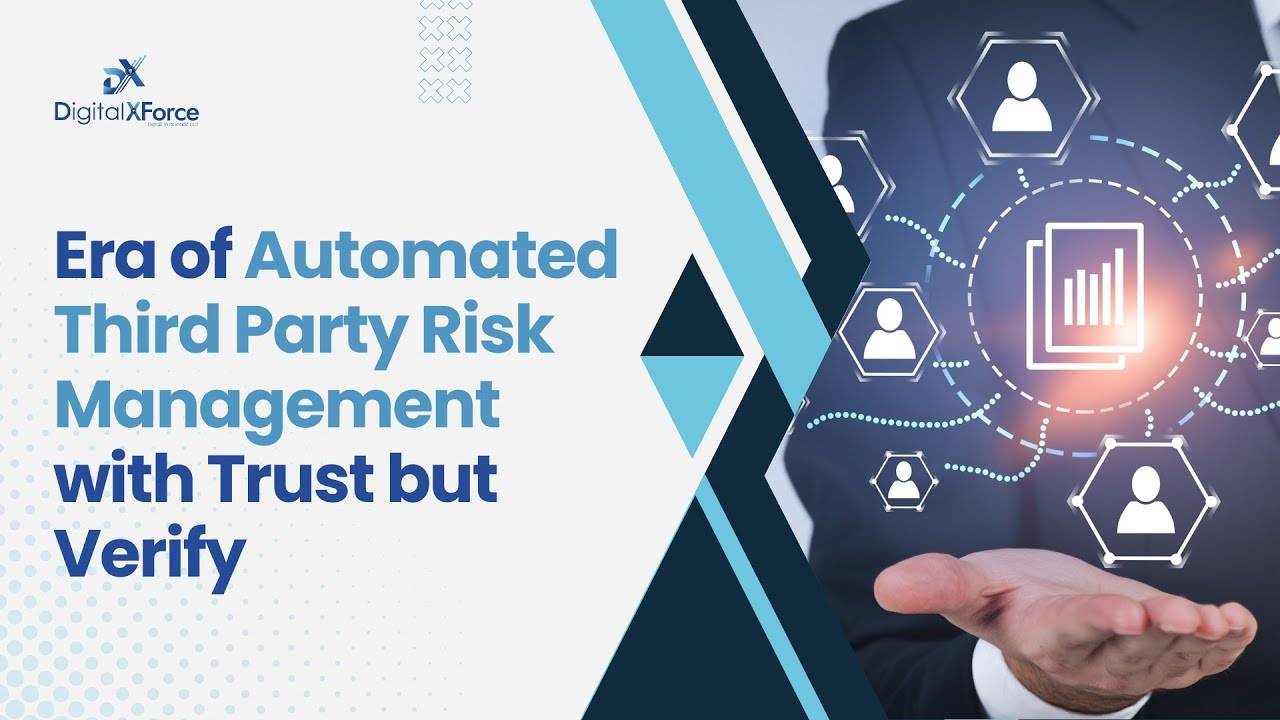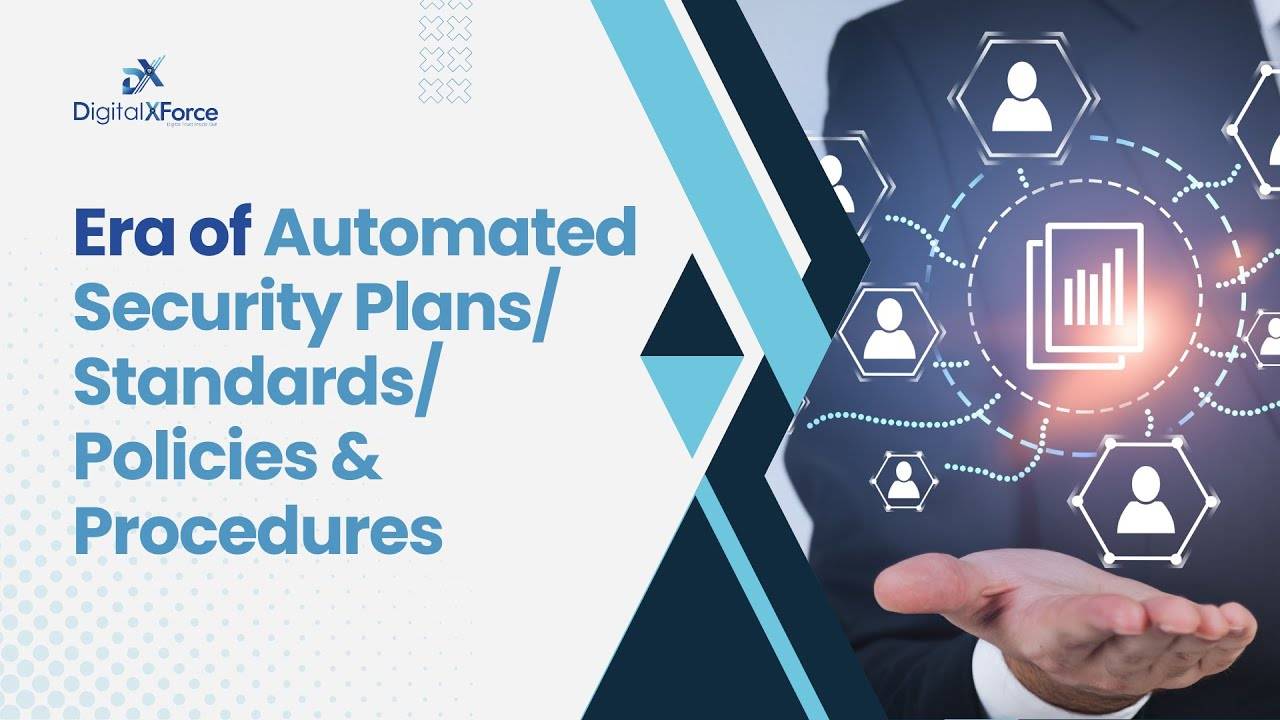
In today’s digital landscape, small businesses face an ever-growing threat from cyber attacks. While large corporations can afford extensive cybersecurity measures, small businesses often need help dealing with Cybersecurity implementation costs.
According to a recent StrongDM report, 46% of all cyber breaches impact businesses with fewer than 1,000 employees. If you’re looking to find cost-effective solutions to protect your digital assets as a small or midsize business owner, this article is for you.
Affordable Cybersecurity Solutions for Small and Medium-sized Businesses (SMBs)
Here are five (5) affordable cybersecurity strategies that can significantly enhance a small business’s security posture without straining its budget.
1. Implement Strong Password Policies and Multi-Factor Authentication
The foundation of any cybersecurity strategy begins with robust password management. Implementing a strong password policy is crucial and cost-effective. Encourage using complex passwords that combine uppercase and lowercase letters, numbers, and special characters. Emphasize the importance of using unique passwords for different accounts.
To manage multiple complex passwords efficiently, consider employing a password manager. Tools like LastPass, Dashlane, or Bitwarden offer affordable plans for small businesses. These solutions generate and securely store strong, unique passwords for all accounts, requiring users to remember only one master password.
Enhancing password security further, implement multi-factor authentication (MFA) wherever possible. MFA adds an extra layer of security by requiring a second form of identification beyond the password. This could be a code sent to a mobile device, a fingerprint scan, or a physical security key. Many services offer MFA at no additional cost, making it a highly effective and economical security measure.
2. Utilizing Antivirus Software and Firewalls
Antivirus software and firewalls form a critical defense against malware and unauthorized access attempts. Contrary to popular belief, effective protection doesn’t necessarily require substantial financial investment.
For antivirus protection, consider free options like Avast or AVG AntiVirus FREE for Windows systems. Mac users can rely on the built-in XProtect, though supplementing it with a solution like Avast Security for Mac can provide additional protection.
Firewalls act as a barrier between your internal network and external threats. Both Windows and macOS come with built-in firewalls, which should be enabled by default. For enhanced protection, consider free software firewalls like ZoneAlarm Free Firewall or TinyWall, which offer robust features without additional cost.
3. Implementing Data Backup and Recovery Strategies
Regular data backups are essential for business continuity in the event of data loss or ransomware attacks. Adopt the 3-2-1 backup rule:
- Maintain 3 copies of your data
- Store backups on 2 different types of media
- Keep 1 copy off-site
Leverage cloud storage services such as Google Drive, Dropbox, or Microsoft OneDrive for cost-effective backup solutions. Many offer free plans with generous storage limits. For local backups, consider using external hard drives or Network Attached Storage (NAS) devices.
For comprehensive off-site backup, explore automated cloud backup services like Backblaze or IDrive, which offer affordable plans tailored for small businesses.
4. Securing Wi-Fi Networks and Implementing VPNs
A secure Wi-Fi setup is crucial for protecting your business’s digital assets. Start by changing your router’s default password and enabling WPA3 encryption (or WPA2 if WPA3 is unavailable). Consider setting up a separate guest network for visitors and IoT devices to isolate them from your main network.
Virtual Private Networks (VPNs) add an extra layer of security, especially for businesses with remote workers or those frequently using public Wi-Fi networks. VPNs encrypt internet traffic and mask IP addresses, making it more difficult for malicious actors to intercept data. Reliable, cost-effective VPN options for small businesses include NordVPN and ExpressVPN.
5. Prioritizing Employee Education and Awareness
Employee education is a critical and cost-effective component of any cybersecurity strategy. Uninformed employees can inadvertently become the weakest link in your security chain.
Utilize free resources like the National Cybersecurity Alliance’s “Stay Safe Online” guide or the FTC’s Cybersecurity for Small Business series to provide foundational knowledge. Organize regular cybersecurity awareness sessions covering topics such as:
- Identifying phishing attempts
- Safe browsing practices
- The importance of strong passwords and MFA
- Proper handling of sensitive data
Regular training sessions can significantly reduce the risk of human error leading to security breaches.
6. Implement Monitoring and Incident Response Protocols
Continuous monitoring of your digital environment is essential for detecting and responding to potential threats promptly. Enable logging on your systems and regularly review these logs for unusual activities or access attempts. Free tools like Windows Event Viewer or macOS Console can assist in analyzing this data.
Develop an incident response plan to ensure a swift and effective reaction in the event of a security breach. This plan should answer the following questions:
- Key personnel to contact
- Steps for containing the breach
- Procedures for system recovery
- Internal and external communication protocols
The US-CERT offers a comprehensive template that can be customized to fit your business needs.
7. Leveraging Additional Affordable Security Tools
Several other cost-effective tools can further enhance your cybersecurity posture:
- Malwarebytes Free: Offers powerful on-demand malware scanning.
- Have I Been Pwned: A free service to check if email addresses or passwords have been compromised in known data breaches.
- HTTPS Everywhere: A free browser extension that enforces secure HTTPS connections when available.
- Qualys SSL Server Test: A free tool for assessing your website’s SSL configuration strength.
- OpenDNS Home: Provides free DNS-based web filtering and phishing protection for your network.
“47% of small businesses have experienced at least one cyberattack in the past year, and 44% of those businesses have experienced 2–4 attacks. More than a quarter of small businesses believe their business will not survive a major cyberattack. The average recovery time for a business after an attack is 279 days, and the average cost of recovery for companies with an annual turnover of less than $10 million after a ransomware attack is $165,520. System downtime and reduced productivity are the most common impacts SMBs encounter after a cyber attack.” – NinjaOne
DigitalXForce: Cybersecurity for All Businesses
At DigitalXForce, we believe that Cybersecurity is not a costly affair. We provide affordable automated security risk and posture management and third-party risk coverage for businesses of all sizes, from small and medium enterprises to large organizations with complex IT infrastructures.
Our comprehensive Cybersecurity solutions ensure robust protection tailored to meet diverse security needs in real time with data-driven insights, not traditional safeguards.

Conclusion
Implementing robust cybersecurity measures doesn’t have to be prohibitively expensive for small businesses. By adopting these affordable strategies and tools, small business owners can significantly enhance their security posture and protect their digital assets from cyber threats.
Remember that cybersecurity is an ongoing process that requires constant vigilance and adaptation. Regularly review and update your security measures to stay ahead of evolving threats. With a proactive approach to cybersecurity, small businesses can effectively safeguard their operations and data without incurring excessive costs.



